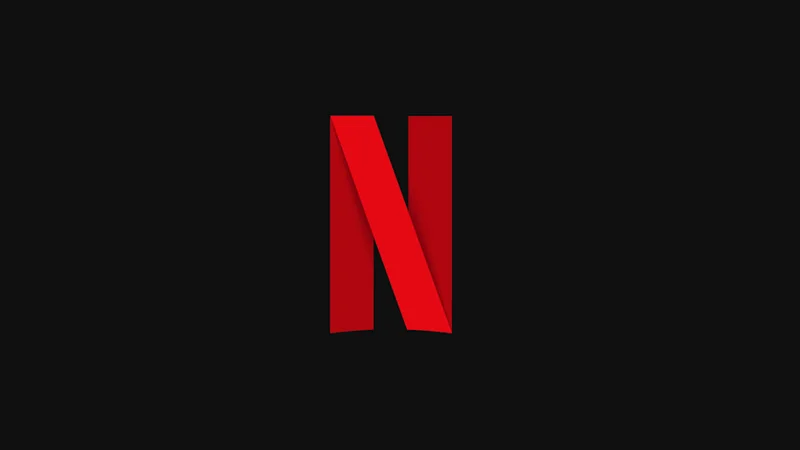Netflix finally pulled the trigger on that 10-for-1 stock split. The stated goal? To make the stock more accessible, especially to employees and smaller retail investors. Seems like a noble aim. But let's peel back the layers and see if this split is more than just financial engineering.
The initial knee-jerk reaction to a stock split is usually positive. Lower price per share feels cheaper, even if the underlying value remains unchanged. It's like saying you're richer because you exchanged a $10 bill for ten singles. Same value, different presentation. The sources note increased trading volume is expected -- and that's likely true. More shares floating around often translates to more activity, at least in the short term.
But does it fundamentally alter Netflix's prospects? No. The company's still battling Disney+, Amazon Prime Video (AMZN), and YouTube (GOOGL). Subscriber growth, ad-tier adoption, and content quality are the real drivers. The split is just a cosmetic change.
Netflix is trying to paint itself as a growth story, highlighting the advertising tier and ventures like "Netflix House" -- those physical, ticketed fan experiences. I saw the news about the Philadelphia opening (Dallas coming soon). It's a novel idea, this real-world extension of digital IP. But will it materially impact the bottom line? Let's be real, it's hard to see how a few retail locations are going to move the needle for a company of this size.
The company's move to Monthly Active Viewers (MAV) instead of Monthly Active Users (MAU) for its ad metrics is interesting. They're saying ads now reach 190 million monthly active viewers globally. It sounds impressive, but it's a subtle shift in how they're presenting the data. (Parenthetical clarification: MAV counts viewers, not accounts, so multiple people watching on the same account are counted separately). It's a clever way to inflate the numbers, making the ad business look more successful than it might be.
And this is the part of the report that I find genuinely puzzling. Why the change in metric now? Are they trying to front-run potentially disappointing ad revenue figures? It's a question worth asking. I've looked at hundreds of these filings, and this particular shift in metrics is unusual.

The analysts seem cautiously optimistic, with price targets clustering around $134-$140 post-split. That's roughly a 20% upside from the pre-split price. But those targets are based on execution. If subscriber growth stalls, the ad tier flops, or content quality dips, those targets will be revised downwards quickly.
Netflix's Q3 revenue grew about 17%—to be more exact, ~$11.5 billion—but EPS missed due to a $619 million Brazil tax expense. Management is framing that as a one-off. Maybe. But one-off charges have a habit of recurring.
The sources are touting the upcoming NFL Christmas Day games as a catalyst for ad revenue. It's a smart move, concentrating ad budgets during prime viewing hours. But the market is forward-looking. That potential upside is already baked into the stock price. The real question is whether Netflix can deliver on those expectations. NFLX Stock Today (Nov 15, 2025): Split Takes Effect Monday, Ads Reach 190M Viewers, Gaming & ‘Netflix House’ Add New Growth Levers — Analysis & 2026 Forecast
Netflix is also pushing into gaming, with a focus on "TV games" and interactive formats. The idea is to lower friction and increase engagement. But let's be honest, most people subscribe to Netflix for the movies and TV shows. Gaming is a nice-to-have, not a must-have.
The risk is that gaming becomes a distraction, diverting resources from their core business. If they can get users to extend their session length and lower churn, then it could add value.
Netflix's stock split is a non-event from a fundamental perspective. It doesn't change the company's underlying value or its competitive landscape. It might generate some short-term buzz and attract more retail investors. But in the long run, Netflix's success will depend on its ability to grow subscribers, generate ad revenue, and create compelling content. The split is just a fresh coat of paint on the same old numbers.